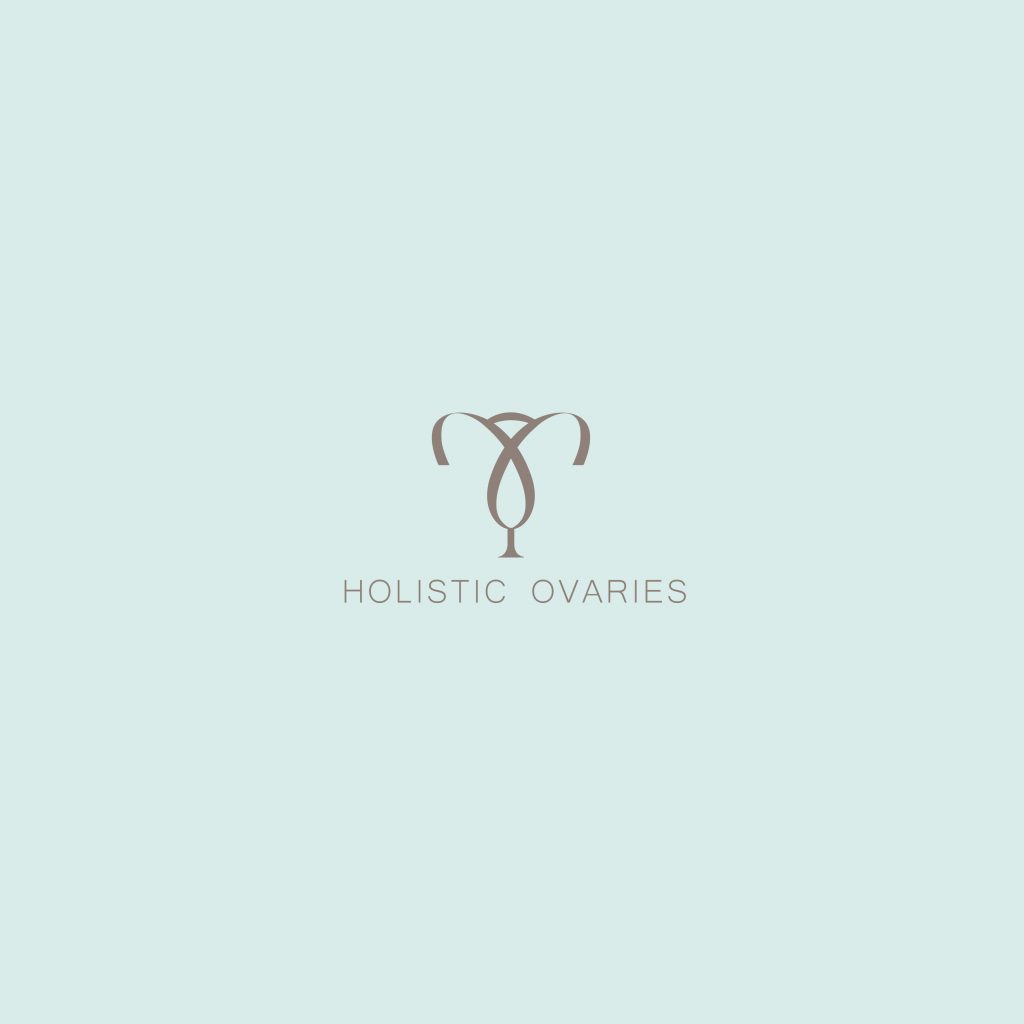PCOS and HIRSUTISM
What are your treatment options?

PCOS and Hirsutism
70 to 80% of women with PCOS struggle with hirsutism (while in women in the general population 4% to 11%) and many of you asked me how to deal with unwanted hair.
Long, thick and dense hair is a dream of every woman, unless that hair appears on your arms, on your legs, your chin, your chest, your back, abdomen…. everywhere else but your head. Can you relate?
To treat hirsutism effectively we first need to understand the physiology of hair growth. Please pay attention here, because this will help you to choose the best treatment for yourself.
THE PHYSIOLOGY OF HAIR GROWTH:
There are about 50 million hair follicles on your body, of which 20% are in your scalp (the only area free from hair follicles are palms of your hands, soles of your feet and your lips).
It means that any other area of your body is full of hair! Even if you do not notice it.
HAIR TYPES:
There are three general types of hair.
- LANUGO HAIR: Lanugo hair is the fine, soft hair that covers the surface of a developing fetus. It typically appears during the third trimester of pregnancy and is usually shed and replaced by vellus hair shortly after birth.
- VELLUS HAIR: Vellus hair is short, fine, and usually non-pigmented. It covers the seemingly hairless areas of the body, such as the cheeks, forehead, and other parts where terminal hair is not typically found. Vellus hair is thin and often not very noticeable.
- TERMINAL HAIR: Terminal hair is characterized by its longer length, coarser texture, and pigmentation. It is found in areas such as the scalp, eyebrows, eyelashes, pubic region, and underarms. Terminal hair is more visible and is the type of hair we commonly associate with typical hair growth.
Excess of terminal hair is known as hirsutism, co commonly experienced by women with PCOS.
HORMONES INVOLVED IN HAIR GROWTH:
Hormones play a crucial role in hair growth and can have varying effects on different types of hair. Here’s an overview of the hormones involved in hair growth:
- GROWTH HORMONE: Growth hormone promotes overall hair growth and helps maintain the hair’s growth phase. It supports the development and maintenance of healthy hair follicles.
- PROGESTERONE AND ESTORGEN: While progesterone and estrogens have minimal direct effects on hair growth, they can indirectly influence hair health. Fluctuations in these hormones, such as during pregnancy or hormonal contraceptive use, may affect hair texture and thickness.
- ANDROGENS: Testosterone, along with its metabolite dihydrotestosterone (DHT), and DHEAS (dehydroepiandrosterone sulfate), are androgen hormones that play a significant role in hair growth. In areas of the body that are androgen-sensitive, such as the chest, lower abdomen, lower back, upper thighs, upper arms, chin, and face.
Androgens can transform vellus hairs into terminal hairs.
This transformation occurs over several hair growth cycles, and there is a possibility of reversal during this process. However, once the transformation is completed, it becomes irreversible. In such cases, the only solution to address excess terminal hair is to remove it and potentially consider treatments that target hair follicles for long-term results.
Excess androgen will be the main reason of hirsutisms in PCOS, but what to do about it?
HIRSUTISM TREATMENT OPTIONS IN WOMEN WITH PCOS:
I would split treatment for hirsutism in 3 parts:
- Inner work
- Androgen Reduction
- Hair Removal
1. INNER WORK
Addressing body image and self-esteem issues is crucial for hirsutism treatment because hirsutism can significantly impact your self-perception and overall well-being.
Excessive hair growth in unwanted areas can cause:
- distress,
- embarrassment, and
- low self-esteem,
leading to psychological and emotional challenges.
By focusing on body image and self-esteem as part of your hirsutism treatment, you can develop a healthier mindset and attitude towards your bodies. This can help you to cope with the physical symptoms of hirsutism and reduce the negative psychological impact it may have.
The tools that can help you to build self-acceptance, self-compassion, and self-confidence are:
- therapy,
- self-care practices,
- cultivating a positive mindset
- reframing negative thoughts and feelings about your appearance.
Building more positive relationship with yourself, can positively impact your ability to manage and cope with hirsutism.
2. Androgen Reduction:
Reducing androgen levels is important in managing hirsutism because excessive hair growth in unwanted areas is often caused by elevated androgen hormones. By addressing androgen levels, you can effectively reduce the growth of terminal hair and manage the symptoms of hirsutism.
Here’s why androgen reduction is crucial in managing hirsutism:
Hair Growth Regulation: Androgens, such as testosterone and DHT, stimulate the transformation of vellus hairs into terminal hairs in androgen-sensitive areas. By reducing androgen levels, the rate of this transformation can be slowed down or inhibited, leading to reduced hair growth.
Hair Thickness and Texture: High androgen levels can result in thicker and coarser hair growth. By managing androgen levels, the texture and thickness of hair can be improved, making it less noticeable and easier to manage.
Methods of removing existing terminal hairs:
Reducing androgens can help prevent the formation of new terminal hairs and slow down the progression of hirsutism. However, it does not directly affect existing terminal hairs or hair follicles. Once terminal hairs have developed, they will continue to grow until they reach the end of their growth cycle.
Remember though that if your androgens remain high you will grow terminal hair back. Managing androgen levels is crucial in reducing the risk of new terminal hair growth.
THOSE TWO TREATMENT HAS TO GO HAND IN HAND: Reduce androgens, remove existing terminal hair.
To manage existing terminal hair, various methods of hair removal can be employed, such as laser hair removal, electrolysis, waxing, or threading. These treatments target and destroy the hair follicles, leading to a reduction in hair growth over time.
How to shed unwanted hair?
There are two ways:
- temporary measures: plucking, waxing and shaving
- permanent hair removal: electrolysis and laser treatment
Temporary hair removal methods:
WAXING AND REPEATING PLUCKING: These methods can damage the hair follicle, leading to potential changes in hair thickness. In some cases, the hair may become thinner, which can be desirable. However, there is also a risk of the hair becoming thicker or coarser. Additionally, folliculitis (inflammation), pigment changes, ingrown hairs, and scarring of the skin and hair follicles can occur. Scarred hair follicles may become resistant to future electrolysis and laser treatments, which are more permanent hair removal methods.
SHAVING: Research suggests that shaving does not actually thicken or harden the hair. It is important to note that the perception of thicker or harder hair after shaving may be due to the blunt edge of the cut hair, which can feel coarser. However, the actual hair thickness and texture do not change.
Considering these points, if plucking or waxing has resulted in hair thinning for you, that’s a positive outcome. However, if you are considering laser or electrolysis treatments in the future, it may be better to stick with shaving for a while. Shaving allows for temporary hair removal without the risk of damaging the hair follicle or causing potential complications like scarring.
Permanent hair removal methods:
- LASER HAIR REMOVAL: Laser hair removal uses targeted heat and radiation to treat hair follicles. It is most effective for individuals with light skin and dark hair since the contrast helps the laser target the darker pigments.
Multiple treatment sessions, typically around 8 (possibly more for individuals with PCOS), are needed, spaced around 4 weeks apart. Maintenance treatments may be required 2-3 times a year.
Different types of lasers, such as ruby, alexandrite, diode lasers, and intense pulsed light (IPL), have similar success rates, while neodymium:yttrium-aluminum-garnet lasers appear to be less effective.
Laser hair removal can be costly, with prices ranging from 150-200 euros per session, depending on the treated area. - ELECTROLYSIS: Electrolysis involves the insertion of a needle into the hair follicle and the use of an electric current to destroy the follicle, preventing new hair growth.
It is effective for any skin type, skin color, hair type, and hair color.
However, electrolysis can be expensive, time-consuming, and potentially painful (depending on individual pain tolerance).
It generally requires more sessions, typically 10-14 or more for individuals with PCOS, before noticeable results are seen.
The advantage of electrolysis is that it permanently destroys the growth cells in the hair follicles, preventing hair regrowth.
When considering permanent hair removal methods, it’s crucial to consult with a professional or dermatologist experienced in these procedures. They can assess individual factors such as skin type, hair color, and medical history to determine the most suitable option and provide personalized recommendations.
THE BEST HIRSUTISM TREATMENT FOR WOMEN WITH PCOS?
Ok, so what would be the best recommendation for hirsutism treatment in PCOS?
It all depends on you. You need to ask yourself what severity of hirsutism do you deal with, how much it affects your life, your mental health, how much time, money and energy you have.
Here are some considerations to help you make an informed decision:
SEVERITY OF HIRSUTISM: Assess the extent to which hirsutism affects your life and mental health. If it is mild and manageable, you may choose to focus on reducing androgen levels through lifestyle changes.
IMPACT ON QUALITY OF LIFE: If hirsutism significantly impacts your daily life, self-esteem, or social interactions, it may be worth discussing medical treatment options with your endocrinologist. Seeking medical treatment can provide additional support in managing hirsutism symptoms and improving your well-being.
PERSONAL PREFERENCES: Consider your personal preferences, including your willingness to undergo specific treatments, the time, money, and energy you are willing to invest, and your comfort level with different hair removal methods. Find a balance that works for you.
PSYCHOLOGICAL FACTORS: Acknowledge the potential impact of self-perception and self-esteem on your overall well-being. Working on your mindset, body image, and self-esteem can have a significant positive influence on your life, regardless of the chosen treatment method.

Do you battle with hirsutism yourself?
Remember, every individual’s experience with hirsutism is unique, and finding the right approach may take time.
Yours Agnese

Stay Updated
SUBSCRIBE TO THE NEWSLETTER
References:
Azziz, R. (2003). The evaluation and management of hirsutism. Obstetrics & Gynecology, 101(5, Part 1), 995–1007. doi:10.1097/00006250-200305000-00029
Karakas, S. E. (2022). PCOS and hirsutism. A Case-Based Guide to Clinical Endocrinology, 479–481. doi:10.1007/978-3-030-84367-0_51

© 2023 All Rights Reserved. Made by DB.YOU Creative Agency


